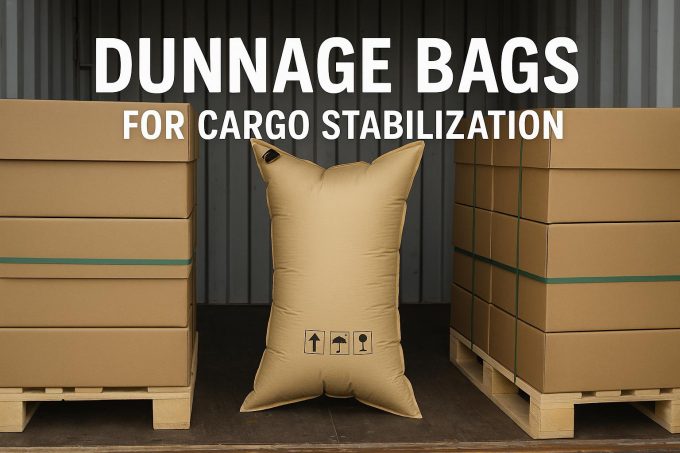Understanding Dunnage Bags for Cargo Stabilization Dunnage bags, also known as air bags, inflatable bags, or airbags, are essential tools in the transportation industry for securing cargo loads during transit. These innovative products are primarily designed to fill voids between cargo items, prevent shifting, and facilitate safe transportation. As an integral component of modern logistics, understanding the composition, application, and benefits of dunnage bags is critical for stakeholders involved in shipping and transportation. Composition and Types of Dunnage Bags Dunnage bags are typically constructed from strong, flexible materials such as polyethylene, polypropylene, or kraft paper. These materials are chosen for their durability and ability to withstand the rigors of transportation. The composite structure of dunnage bags includes an inner layer that retains air and an outer layer designed to protect against punctures or abrasions. This dual-layer structure ensures that the bags can effectively stabilize cargo loads. Polywoven Bags are made from woven polypropylene and are recognized for their robustness. Thanks to their durability, these bags are highly resistant to punctures, making them suitable for heavy and sharp cargo items. Their strength makes them a preferred choice in scenarios where reliability is paramount. Paper Bags are crafted with multiple layers of kraft paper and provide a versatile and robust solution. These bags are particularly applicable for varied shipping conditions and are valued for their natural composition. The layered construction enhances their stability and makes them an eco-friendly choice. Vinyl Bags are commonly employed in environments sensitive to moisture. The vinyl material offers exceptional protection against water, making these bags ideal for maritime shipments. Their moisture-resistant properties ensure that cargoes remain unaffected by damp conditions during transit. Applications of Dunnage Bags Dunnage bags are utilized across different modes of transportation including rail, road, and sea. The primary function of these bags is to fill gaps and stabilize loads thereby preventing cargo from shifting during transportation. By mitigating the risk of movement, dunnage bags play a key role in reducing the likelihood of damage to goods. Furthermore, they maintain load balance which is crucial to ensuring both safety and efficiency throughout the journey. In the rail transport sector, for instance, the use of dunnage bags is crucial due to the constant motion and vibration experienced during transit. Similarly, in maritime shipping, these bags are invaluable for stabilizing cargo containers that are subject to the natural roll and pitch of ocean-going vessels. Benefits of Using Dunnage Bags The advantages of using dunnage bags in cargo transportation are multifold. Cost-Effectiveness: Dunnage bags offer a budget-friendly solution when compared to traditional methods such as wood or foam blocking and bracing. The affordability of these bags does not compromise their effectiveness in cargo stabilization. Time Efficiency: Another significant advantage of dunnage bags is their ability to be quickly inflated and deflated. This feature significantly reduces the time spent on loading and unloading operations, resulting in faster turnaround times. Environmental Impact: Many dunnage bags are designed to be reusable and recyclable. This aspect contributes to environmentally sustainable shipping practices as it reduces the dependence on single-use materials and promotes recycling efforts. Implementation and Best Practices Implementing dunnage bags effectively requires careful consideration of several factors. Selecting the appropriate size and type of bag is crucial and should be based on the specific cargo load and the mode of transport involved. Ensuring that the bags are correctly inflated is another critical aspect; both over and under inflating can compromise their ability to stabilize loads effectively. Additionally, regular inspection and maintenance of dunnage bags are recommended to ensure their continued effectiveness. Checking for signs of wear and tear, and repairing or replacing damaged bags, is a proactive approach to maintaining cargo security during transit. For those seeking further information on dunnage bags and their applications, a range of resources is available from industry experts and suppliers. These resources offer detailed insights into choosing and utilizing the right dunnage bags for specific shipping needs, providing valuable guidance for optimizing transportation practices.

